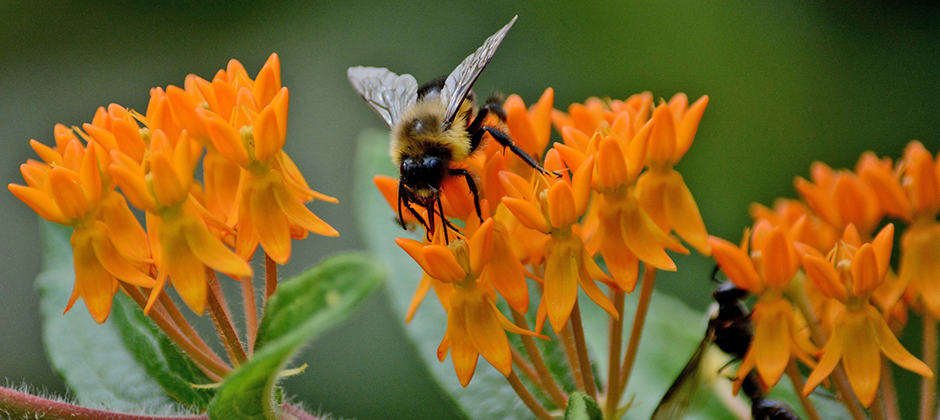Share this article
Outreach seeks to reduce pesticide risk to pollinators
When bees died as a result of improper pesticide application at a department store parking lot a few years ago, it made national news and raised concerns about the environmental effects of neonicotinoid insecticides. But for companies that produce these products, it reinforced the importance of further developing, promoting and enhancing their longstanding education efforts. Bees and other pollinators should be able to safely coexist with neonicotinoids if the products are applied according to the label. So, what are companies continuing to do to make sure that happens?
“Pollinators are really important,” said Caydee Savinelli, pollinator and integrated pest management lead for the agrochemical company Syngenta. “Farmers need to be sure to follow the label directions and use best management practices when applying our products so they don’t cause harm to pollinators.”
Agrochemical companies Bayer, Syngenta, BASF, Mitsui, Valent and the nonprofit Coalition for Urban Rural Environmental Stewardship have come together to create a brochure that provides an eight-point checklist for how to best apply pesticides to reduce potential risks to pollinators. Tips range from how best to handle, apply and store products to using integrated pest management techniques that better protect crops while reducing exposures to bees.
The brochure reminds growers that areas treated with pesticides may contain blooming flowers that are attractive to insect pollinators and cautions them to use care when treating for pests. “Most pesticides can be used safely around honey bees and other insect pollinators, when label directions and stewardship practices are followed,” it says.
With support from the American Seed Trade Association and National Pesticide Safety Education Center, the neonicotinoid registrants also launched a new website this year, which provides best management practices and helpful tips for farmers and others who use these pesticides. Other cooperative efforts included radio broadcasts, web articles, digital ads and social media posts all aimed at reducing the impact to bees and other pollinators.
“I think the more you get the word out, the better,” Savinelli said. “Just because you say it once doesn’t mean everyone remembers.”
Insecticides pose the greatest risk to pollinators when they are sprayed directly on flowering plants during a time when bees are actively foraging. Most neonicotinoids are applied to seeds that are buried in the ground, which minimizes the possibility of exposure. “Nonetheless, it is still important to follow good stewardship practices,” notes Savinelli, “so that the pesticide can do its work against pests without threatening pollinating insects.”
“In general, farmers are doing the right thing, but it just takes one incident to detract from the great stewardship efforts that are being observed,” she said. “That’s why these programs are so important.”
One potential area of concern when using treated seeds is the dust that may be generated during planting, which could represent a source of exposure to bees. Certain types of planting machinery create dust when they’re being used, Savinelli said.
“If you’re not using the right lubricant or being careful, dust can drift through a field or beyond,” she said. If it lands on trees that are flowering, bees could be exposed to the insecticide when they come in search of pollen. Farmers can prevent this by ensuring they use a next-generation seed lubricant that minimizes dust and optimizes seed flow, providing greater protection for pollinators like honey bees.
For Savinelli, an entomologist for 40 years, it’s an issue close to her heart.
“I got into this whole thing because I love insects,” she said, “but I recognize that people need to eat. It’s our obligation to find the right balance between creating sustainable habitats for nature and growing enough food to meet the needs of society.”
Header Image: Insecticides pose the greatest risk to pollinators when they are sprayed directly on flowering plants when bees are actively foraging. ©Mara Koenig/USFWS








